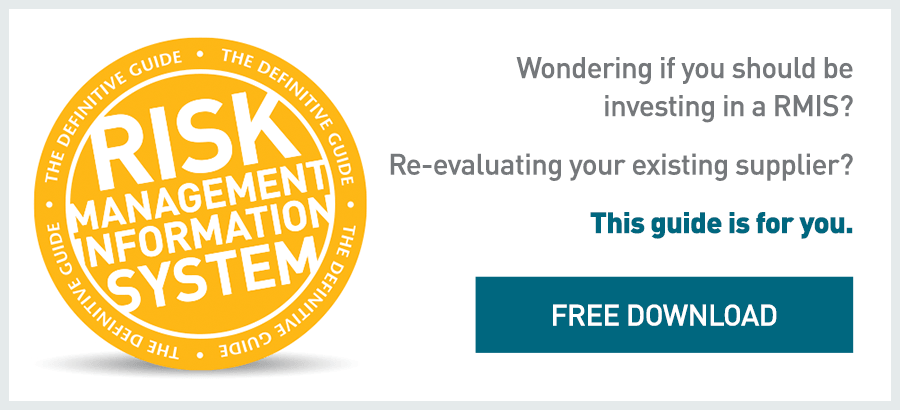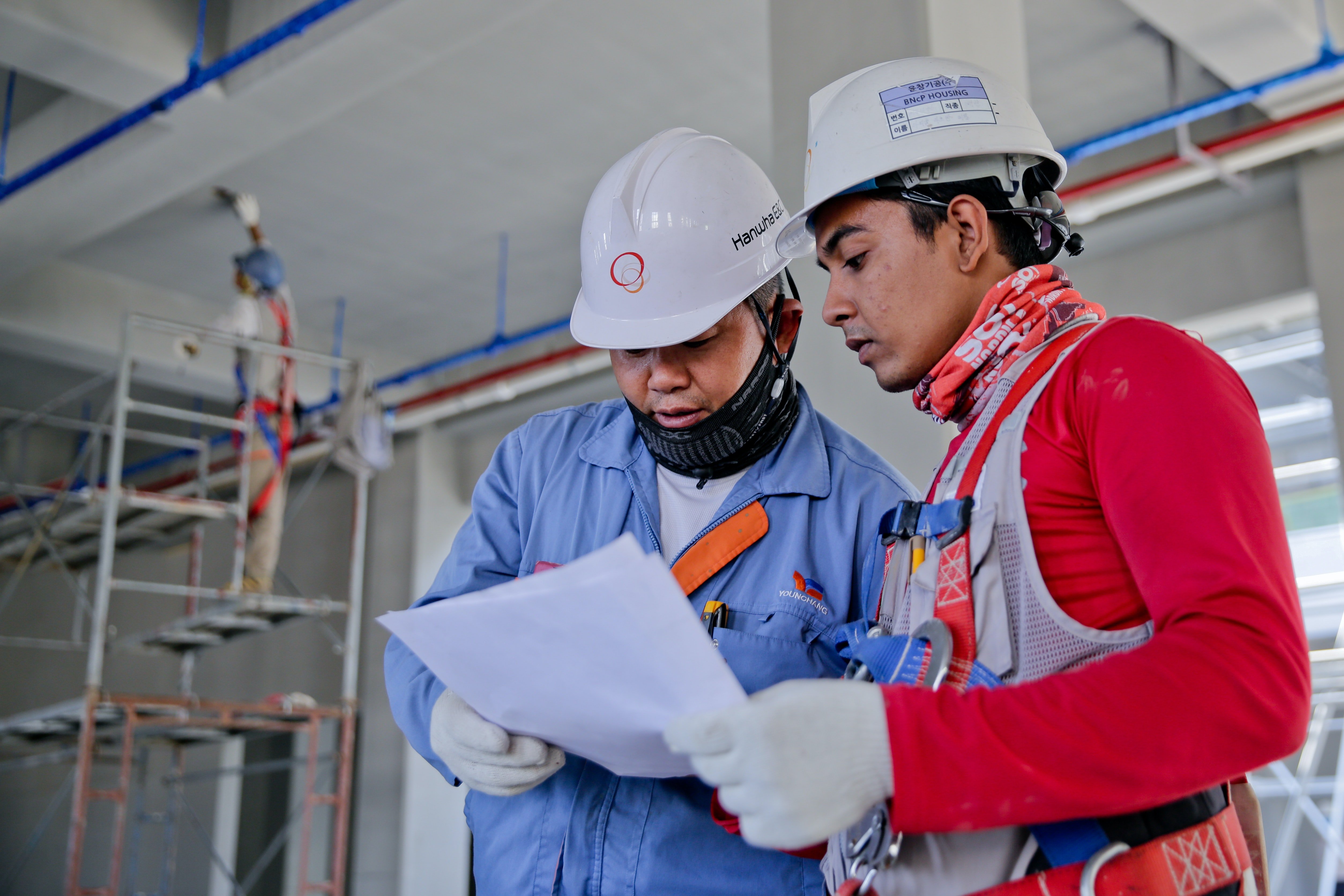
A lack of on-the-job safety doesn't just mean the potential for more injuries - or even deaths - at the work site, but it also means that from a business perspective, you're likely to be paying more worker's comp, having to deal with negative press and you may even have to shut down operations for a few days in the wake of some situations. The bottom line is that whether it's paying worker's comp or dealing with business interruption, it all catches up to a company's bottom line - and often not for the better.
Hence, safety on the job is important, especially when you consider that some 4,600 workers die on the job, and many more are significantly injured on work sites each year. The four most common causes of injury and on-the-job fatalities are falls, being struck by an object, electrocutions, and getting caught in between or crushed by an object.
As you might expect, the best way to prevent incidents is to be proactive in addressing hazards, and to make safety a priority on company grounds. But saying that your company takes safety seriously, versus actually taking steps to ensure that it does, are two very different things. With that in mind, here's a look at some ways to mitigate loss through safety on the job:
- Identify hazards before they become issues: One of the most important aspects about being proactive with company safety is to identity and resolve hazards in the workplace before they have a chance to become dangerous. This takes effort from all workers, from management to hourly staff members. Once danger zones are identified, management should do their best to minimize the hazard, or ensure that workers are adequately trained on proper safety protocols.
- Job hazard analysis: Not only can this help piggyback off of the previous step - identifying hazards before they become dangers - but it can increase the confidence among a company's work force.
- Training and understanding: A proactive safety program won't do any good if the employees aren't aware of it. So make sure that you make your results well known to staff members and that they're regularly reviewed with employees to ensure maximum understanding. Conduct training sessions regularly along these lines as well, to make sure that staff members aren't just aware of potential hazards on the job, but know how to handle them when they arise.
Being proactive about job training takes commitment - from everyone. It takes buy-in from the employees, and initiative and continuity from management. But if the safety plan is executed successfully, everybody wins. Employees feel safer and more prepared, and management has to deal less with injuries and potential business interruption, thereby securing a better bottom line. What's more is that studies show that worker morale and productivity is also linked with greater efficiency and productivity.
Don't risk your workers becoming statistics any longer - start getting serious about mitigation loss through safety.













